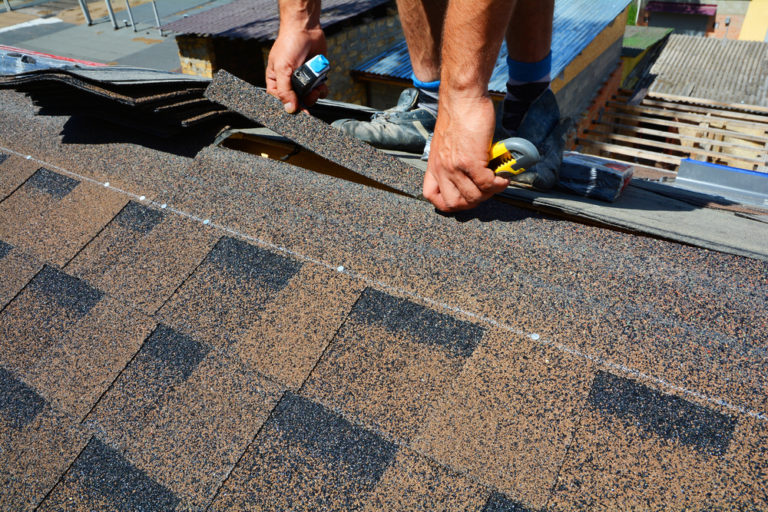Weathering the Storm: DIY Roof Inspection
Even if the last storm that blew through town didn’t take you to the Land of Oz, it still might have done a number on your roof.
Your roof weathers a lot, especially when a severe storms hits. Significant damage can exist even if it doesn’t show. Performing a quality roof inspection every so often keeps you and your family covered, and prevents major renovations from landing in your lap later.

How to Perform a Quality Roof Inspection
Check it twice a year — making sure that your roof is ready to take on the heavy snowfall is great, but what about the rest of the year? Check your roof when you winterize and when you de-winterize. The wear and tear of heavy snowfall and varying temperatures can leave your roof in bad shape. This leaves you susceptible to damage when you least expect it.
Check the flashing — that’s the thin pieces of metal or material that helps keep water out. Usually flashing in located near chimneys, pipes, ridges or joints. Flashing can be exposed, the important thing is that it is concealing these discontinuous areas from water penetration. Make sure that the flashing on your roof looks secure and is properly sealed.
Check the surrounding areas — are there shingles in your yard? Are there pieces of deteriorated concrete in your rain gutters?
Are there any bare or exposed areas on your roof? It is much less expensive to patch, seal and shingle than it is to completely replace. Don’t put off small fixes; they will become big problems later.
Check the metal — look for rust, corrosion, hollowing or holes. Open or loose seams lead to leakage; get it fixed right away!
Check the material — wooden shakes, shingles, slate, and tile all need to be inspected differently.
Inspect wooden shingles for sunlight damage, cracking, splitting, moss and mildew. Wooden shingles can both become brittle and break or they can become rotten. Never walk on wooden shakes or shingles if they are wet or covered in moss and mildew, or if they are deteriorated and brittle. It is extremely dangerous.
Tile roofing is obviously damaged when it’s broken. What you need to check for instead is the foundation that maintains the weight of your tile roof. If you see compression cracking on the drywall or plaster of your home’s interior, there is a good chance your house is having a hard time withstanding the weight of your roof. You also need to be diligent in checking the flashing of your roof when you have tile or clay roofing.
Finally, inspect the surrounding areas of your roof. Clean the rain gutters, remove any debris blocking vents, check for loose piping, loose nails, peeling paint on the underside of overhangs, water stains, and dark areas on the roof or inside of your ceiling.
If you are not able to get on your roof to inspect it, or if you have any questions, fill out our contact form or give us a call.
Any kind of inspection is better than no inspection at all, but a proper roof inspection is the best protection.






